Oregano Showdown: Italian vs Mexican – Which One Should Rule Your Kitchen?
Table of Contents
- Introduction
- What is Oregano Anyway?
- Italian Oregano: The Herb of the Mediterranean
- Mexican Oregano: A Wilder, Earthier Taste
- Head-to-Head Comparison
- Culinary Uses and Recipes
- Buying Guide: Choosing the Right Oregano for You
- Storage Tips for Fresh Flavor
- Conclusion
Intro: Spice Up Your Life!
If you’ve ever found yourself staring at two jars labeled 'oregano' in the grocery store aisle and wondered, 'Wait… are they actually different?' — you're not alone. Welcome to the ultimate showdown between Italian oregano and Mexican oregano.
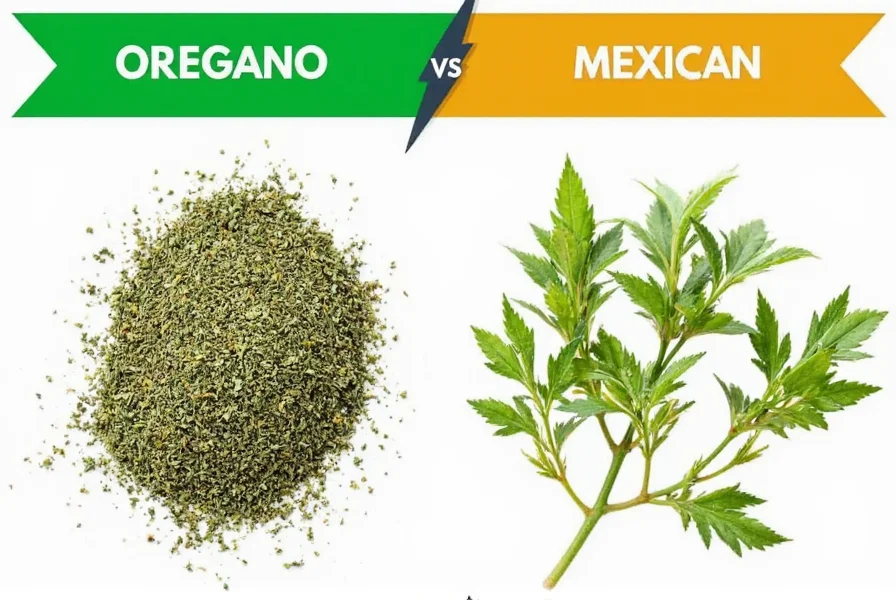
One is delicate and herbaceous; the other is bold and wild. In this article, we'll dive into their origins, flavors, culinary roles, and even help you pick the right one based on your cooking style. Spoiler alert: there’s no wrong choice — just the perfect match for your next recipe.
What is Oregano Anyway?
Oregano might be the most versatile player in the spice rack, but did you know it's not just one plant? It’s actually a group of related herbs from the mint family (Lamiaceae), each with its own character and charm.
In general, oregano brings an earthy, slightly bitter aroma and flavor that works wonders in savory dishes. But when it comes to choosing between Italian and Mexican varieties, the devil is in the details.
Italian Oregano: The Herb of the Mediterranean
Scientific name: Origanum vulgare subsp. hirtum
If you've ever made a classic Margherita pizza or a rustic pasta sauce, you’ve likely used Italian oregano. It’s the backbone of many Mediterranean cuisines, known for its mellow, aromatic flavor with hints of lemon and thyme.
- Flavor Profile: Sweet, floral, and herbal with mild peppery notes.
- Best For: Tomato-based sauces, grilled vegetables, roasted meats, soups, and Italian breads.
- Form: Available dried or fresh, though dried is more commonly used in cooking.
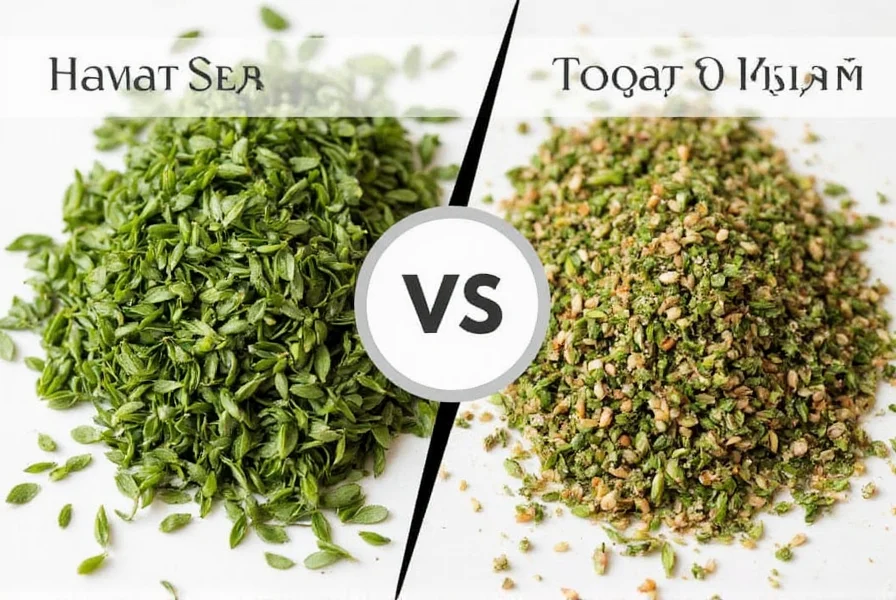
Mexican Oregano: A Wilder, Earthier Taste
Scientific name: Lippia graveolens
Here’s where things get spicy! Mexican oregano isn’t even a true oregano — it’s from a completely different plant family than its Italian cousin. But don't let that confuse you; it packs a punch that makes it indispensable in Latin American cuisine.
- Flavor Profile: Stronger, more pungent, with a hint of citrus and a definite licorice-like bite.
- Best For: Mole sauces, chili, tacos, salsas, stews, and grilled fish.
- Form: Typically sold dried, as it holds its potency better over time.
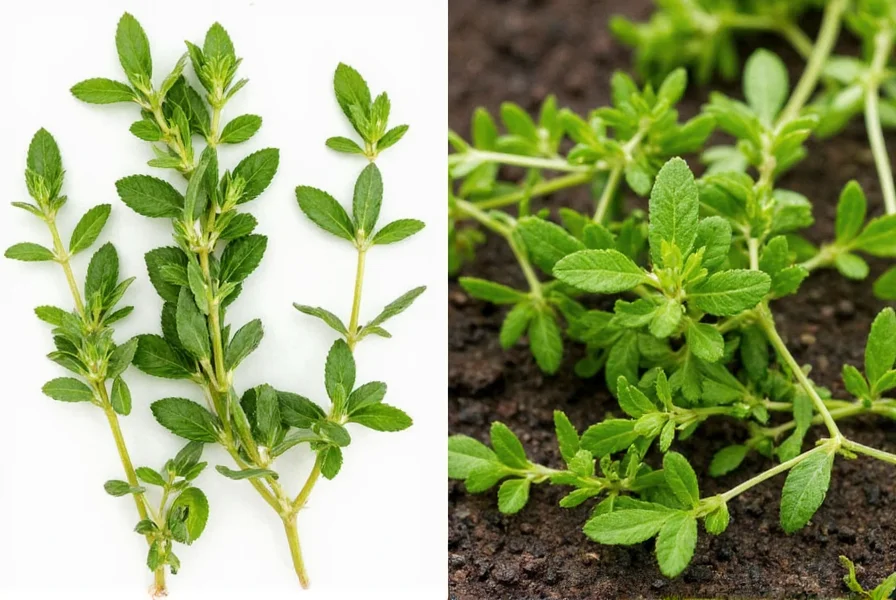
Head-to-Head Comparison: Italian vs Mexican Oregano
Let’s break down the major differences so you can choose wisely the next time you’re shopping for spices.
| Feature | Italian Oregano | Mexican Oregano |
|---|---|---|
| Botanical Family | Lamiaceae (true oregano) | Verbenaceae (not a true oregano) |
| Flavor | Sweet, floral, herbal | Earthy, smoky, citrusy |
| Aroma | Mild, fragrant | Pungent, bold |
| Best Used In | Pasta, pizza, tomato sauces | Tacos, moles, chili, beans |
| Form | Fresh or dried | Mostly dried |
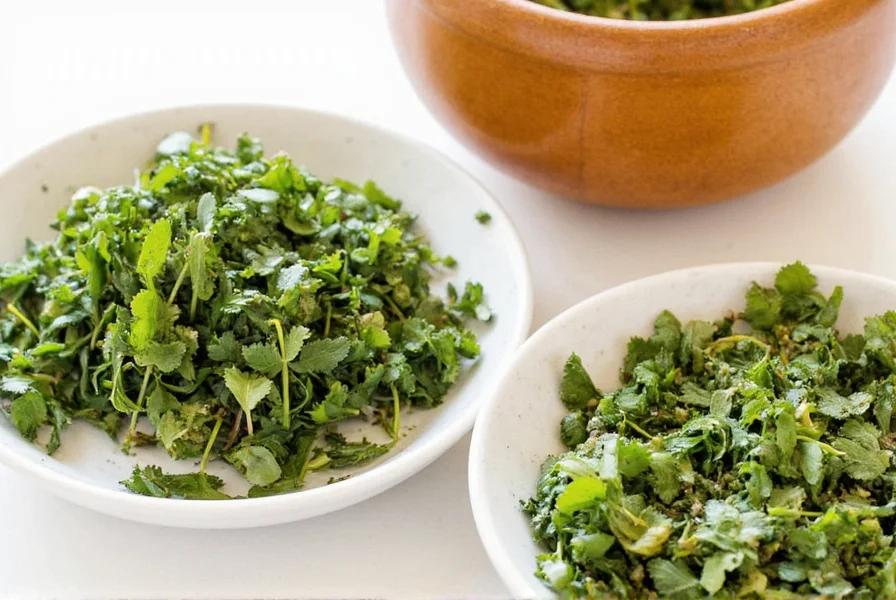
Culinary Uses and Recipes
Both types of oregano shine in specific contexts. Let’s look at how each performs in real-world cooking scenarios.
Italian Oregano in Action
- Classic Marinara Sauce: Adds depth and complements basil beautifully.
- Caprese Pasta Salad: Use fresh leaves for a bright, herby finish.
- Garlic Bread: Mix with butter for a rustic, Mediterranean twist.
Mexican Oregano Steals the Show
- Red Enchilada Sauce: Essential for that rich, complex flavor.
- Chili Con Carne: Balances richness and adds earthy warmth.
- Grilled Fish Tacos: Infused oil gives a smoky, citrusy kick.
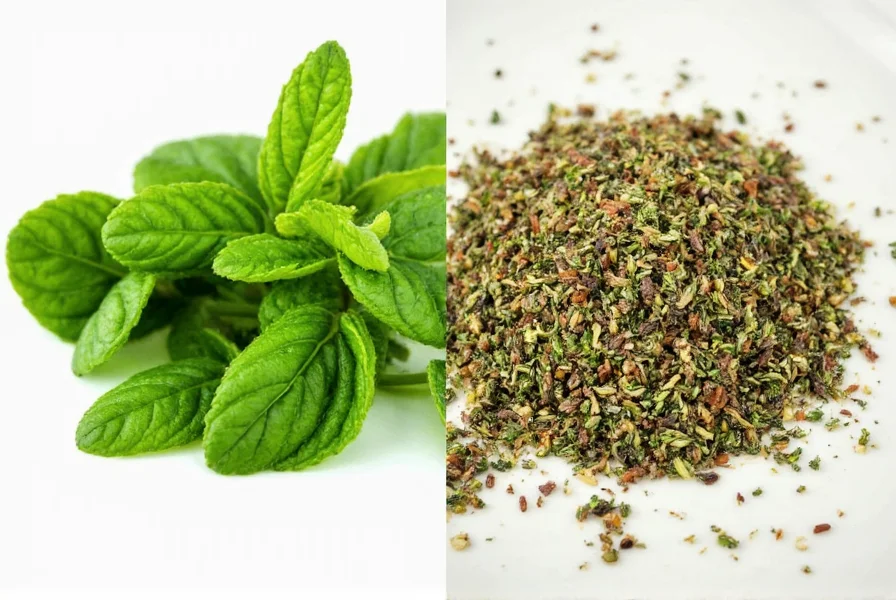
Buying Guide: Choosing the Right Oregano for You
When it comes to picking oregano, quality matters. Here’s what to look for when shopping for either variety.
For Italian Oregano
- Dried: Choose whole leaves over powder — they retain flavor longer.
- Color: Vibrant green is best; faded means aged and less potent.
- Packaging: Opt for resealable bags or tightly sealed jars to preserve freshness.
For Mexican Oregano
- Check for Authenticity: Some brands mislabel other oreganos as 'Mexican' — read the ingredient list carefully.
- Smell Test: It should smell strong and almost medicinal — that’s where the flavor lives!
- Use Cases: Great for slow-cooked dishes like moles and braises, where its robustness shines through.
Recommended Brands & Products
| Product Name | Type | Features | Best For | Occasions |
|---|---|---|---|---|
| Spice Islands Italian Oregano | Dried | Non-GMO, organic certified | Pizza, pasta, grilled veggies | Everyday Mediterranean cooking |
| Badia Mexican Oregano | Dried | Pure, natural, strong aroma | Moles, enchiladas, salsas | Taco Tuesdays and festive meals |
| Penzey’s Marjoram Blend (for Italian substitute) | Mixed Herbs | Mild, sweet, versatile | Casseroles, baked pastas | Comfort food lovers |

Storage Tips for Fresh Flavor
Once you’ve chosen your favorite type, proper storage keeps your oregano tasting great for months.
- Dried Oregano: Keep in a cool, dark place away from heat and moisture. Stored properly, it lasts up to a year.
- Fresh Oregano: Wrap in damp paper towel and store in fridge in a breathable bag. Can also be frozen in olive oil cubes for easy use.
- Make Your Own Seasoning: Combine dried oregano with garlic powder, salt, and pepper for a homemade blend that elevates any dish.
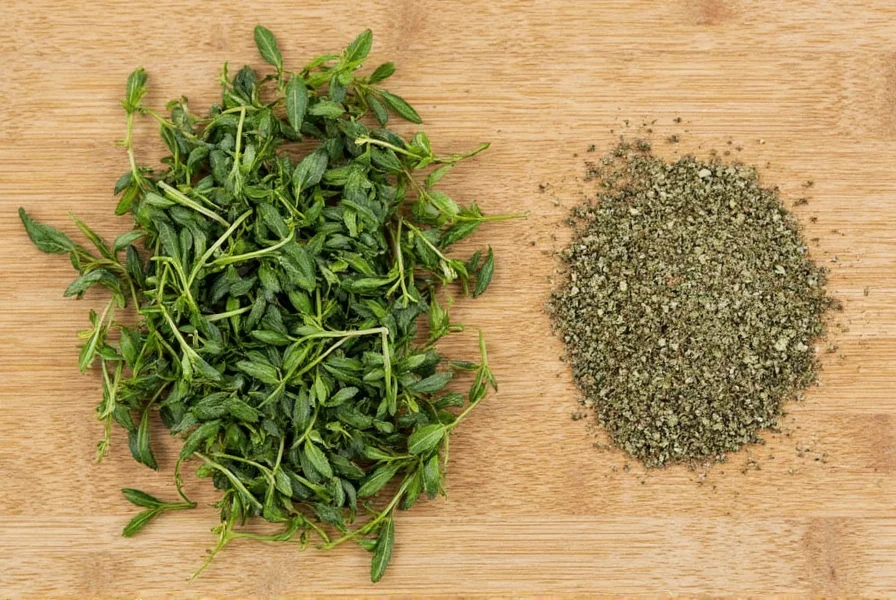
Conclusion: There’s Room for Both in Your Spice Rack
So, which one should you buy? Well, why choose when you can have both?
Think of Italian oregano as your go-to for light, aromatic Mediterranean flavors, while Mexican oregano steps in when you want something bolder, smokier, and more complex. Once you understand the unique role each plays, you’ll start seeing them not as substitutes, but as distinct flavor tools.
Now grab your apron, dust off those spice jars, and let your inner chef play with these two powerhouse herbs. Whether it’s a cozy Sunday spaghetti night or a fiesta-worthy taco bar, you’ll know exactly which oregano to reach for.
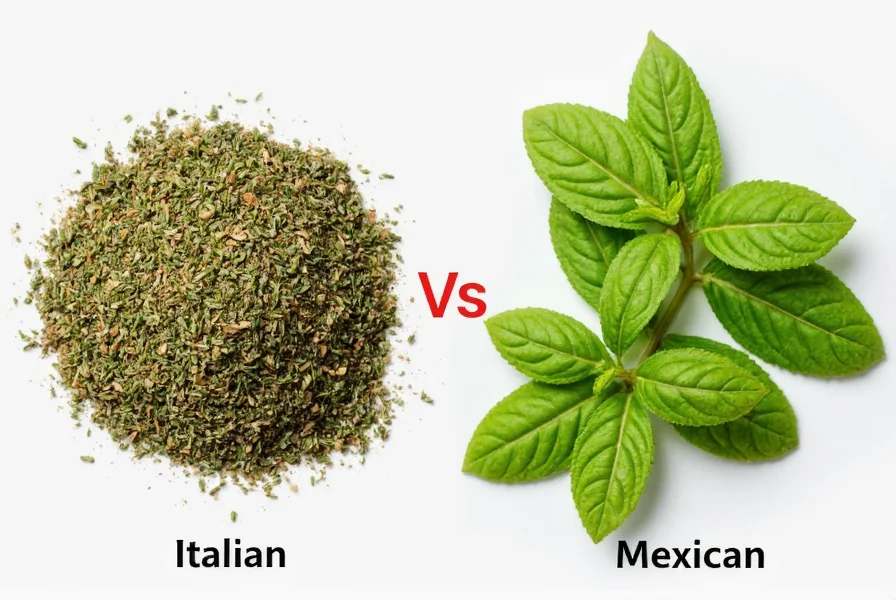

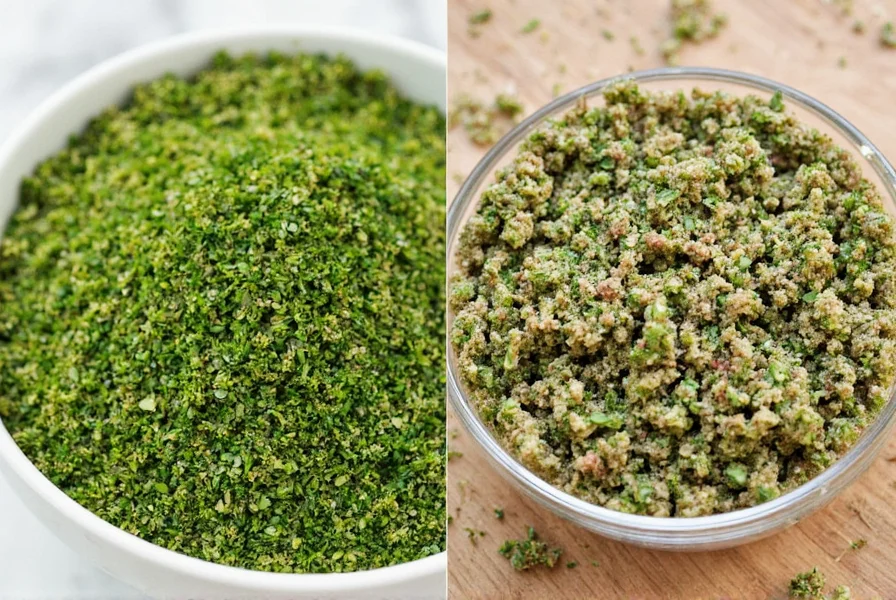









 浙公网安备
33010002000092号
浙公网安备
33010002000092号 浙B2-20120091-4
浙B2-20120091-4